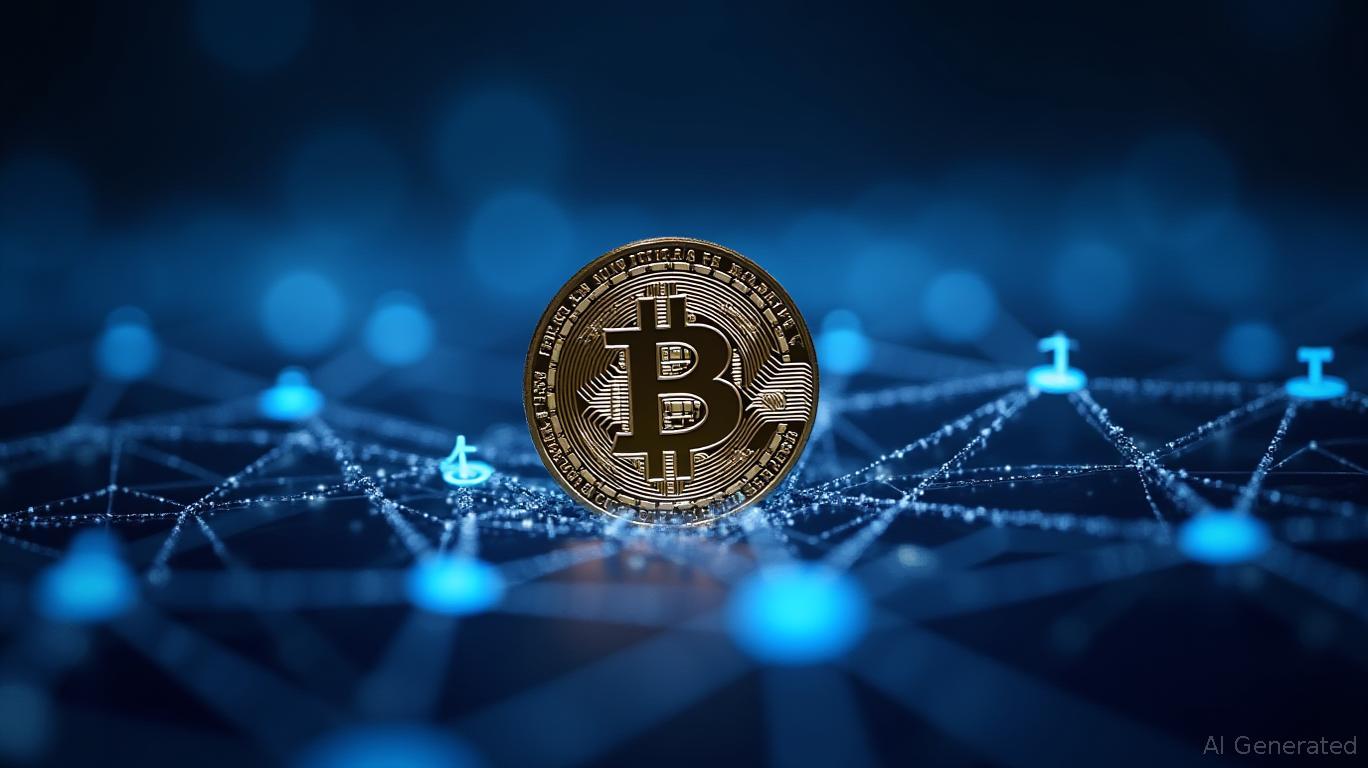Bitcoin News Today: Bitcoin's Lightning Network Sets Its Sights on Surpassing SWIFT and Visa in Worldwide Transactions
David Marcus, formerly of
Marcus’s outlook centers on the Lightning Network, a Layer-2 protocol that allows for nearly instant and cost-free Bitcoin transfers. He pointed out that while SWIFT moves $5 trillion daily but requires 1–5 days for settlements, and Visa processes $33 billion instantly but with significant fees, the Lightning Network could potentially outperform both in speed and transaction volume, according to the interview. By 2025, the Lightning Network’s throughput has grown by 3,000%, now supporting over 20,000 active nodes and theoretically capable of millions of transactions per second. Marcus’s company, Lightspark, is developing APIs and SDKs to simplify business adoption, aiming for integration as seamless as platforms like Stripe.

Marcus’s authority comes from his impressive career. At PayPal, he managed vast volumes of daily payments, and his involvement with Facebook’s Diem project, despite its cancellation, gave him deeper insight into digital assets. Now, with Lightspark focused on Lightning Network infrastructure, he pursues his vision of a worldwide, low-cost payment system. Early applications—such as cross-border transfers in Central America and microtransactions in gaming—showcase the Lightning Network’s usefulness, even as it continues to scale, Marcus noted in the interview.
Institutional interest is also fueling Bitcoin’s expansion. With a market cap approaching $1.3 trillion and daily on-chain transactions between $15–20 billion, Bitcoin has seen over $60 billion flow into ETFs by 2025. Major corporations like MicroStrategy and Tesla have incorporated Bitcoin into their reserves, and El Salvador’s move to make Bitcoin legal tender, though controversial, set a significant example. Marcus cited stablecoins built on Bitcoin—such as those using Stacks’ sBTC and RGB protocols—as essential for reducing volatility, allowing Bitcoin to serve both as a store of value and a medium for everyday payments, as he explained in the interview.
Nonetheless, obstacles persist. For Bitcoin to reach the scale of processing trillions daily, regulatory certainty, technological advancement, and better user experiences are necessary. Marcus anticipates a "gradual transition," suggesting it may take 5–10 years for the infrastructure and adoption to mature. A major breakthrough could occur if leading payment networks like Visa adopt the Lightning Network, potentially bringing it to hundreds of millions of users. From an investment standpoint, Marcus believes that Bitcoin’s worth as a settlement platform should be linked to its transaction flow and liquidity, potentially supporting a market cap in the tens of trillions if it achieves $5 trillion in daily volume, as he mentioned in the interview.